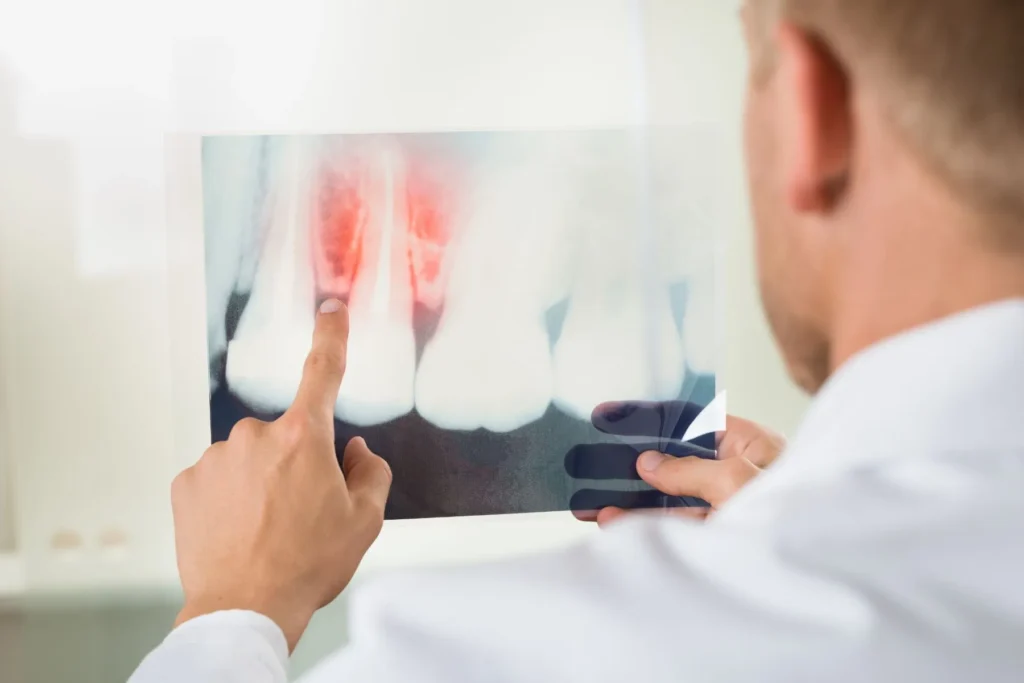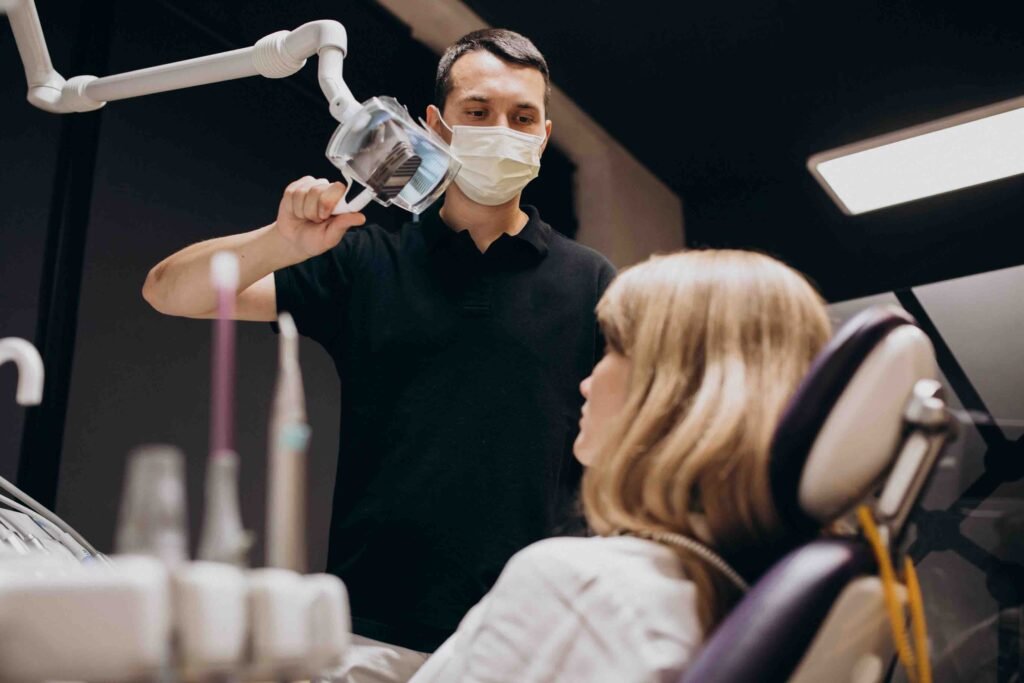Introduction to How to Get Rid of Gum Disease
Gum disease is a common but serious oral health issue that can lead to bleeding gums, tooth loss, and even bone damage if left untreated. The good news? With the right care and professional support, gum disease can be managed, reversed in its early stages, and prevented from coming back.
In this article, you’ll learn:
- What gum disease actually is
- The signs and symptoms to watch for
- Proven treatment options
- How you can support your gum health at home
- When it’s time to see your dentist
Let’s dive in.
What Is Gum Disease and Why Does It Happen?
Gum disease, or periodontal disease, is an infection of the tissues that surround and support your teeth. It’s typically caused by plaque — a sticky film of bacteria that forms on your teeth and gums after eating or drinking.
There are two main stages:
- Gingivitis: The earliest and most reversible stage. Your gums may be red, swollen, and bleed when brushing or flossing.
- Periodontitis: A more severe form where the gums pull away from the teeth, bone is lost, and teeth may loosen or fall out.
Causes include:
- Poor oral hygiene
- Smoking or vaping
- Hormonal changes (pregnancy, menopause)
- Diabetes or immune conditions
- Genetic predisposition
- Certain medications (e.g., blood pressure meds or dry-mouth inducers)
📍 If you’re unsure about your gum health, schedule a check-up at Gateway Dental Practice for a periodontal assessment.
How Do You Know If You Have Gum Disease?
You might have gum disease without even realising it — which is why regular dental visits are so important. However, here are the common warning signs:
- Bleeding gums (especially when brushing or flossing)
- Red, swollen, or tender gums
- Receding gums (your teeth look longer)
- Persistent bad breath or bad taste
- Loose teeth or shifting bite
- Pain while chewing
- Sensitive teeth
If you notice one or more of these symptoms, early treatment is key.
🦷 Contact Gateway Dental Practice in Burgess Hill for a full gum health evaluation.
How to Get Rid of Gum Disease Professionally
While good home care is important, gum disease cannot be fully treated without professional dental intervention, especially once it has progressed beyond gingivitis.
Here’s how a dentist helps you get rid of gum disease:
- Comprehensive assessment: X-rays and periodontal charting to assess gum and bone health.
- Scaling and root planing (deep cleaning): Removes plaque and tartar from above and below the gumline.
- Antibacterial rinses or medications: Target and reduce bacterial infection.
- Laser or surgical therapy (in advanced cases): Clean out deep pockets or regenerate lost bone/gum tissue.
- Ongoing maintenance: Routine cleanings every 3–4 months to prevent recurrence.
💡 At Gateway Dental Practice, our periodontal specialists use minimally invasive techniques and advanced diagnostics, including CBCT imaging, to create tailored treatment plans.
Can Gum Disease Be Reversed?
Yes — but only in its early stage (gingivitis).
With professional cleaning and improved home care habits, gingivitis can be fully reversed. Once it progresses to periodontitis, it becomes a chronic condition that can be managed but not fully cured. Treatment focuses on controlling the infection, preventing further damage, and maintaining healthy gums long-term.
✅ Early diagnosis = better outcome.
📞 Book your consultation today if you’re seeing signs of gum disease.
Daily Habits That Support Healthy Gums
Once you’ve been treated for gum disease, maintaining your oral health at home is crucial. Here’s what your routine should include:
- Brush twice a day with fluoride toothpaste and a soft-bristled brush
- Floss daily to remove plaque from between teeth
- Use an antiseptic mouthwash to reduce bacteria
- Avoid smoking, which increases gum disease risk
- Limit sugary foods and drinks
- Stay hydrated to support saliva flow
🪥 Consider using an electric toothbrush and interdental brushes if recommended by your hygienist.
How to Prevent Gum Disease from Coming Back
Once you’ve had gum disease, you’re at higher risk for future problems. Prevention is ongoing and includes:
- Regular dental check-ups: At least every 6 months (more often if advised)
- Professional cleanings: Every 3–4 months for patients with a history of gum issues
- Custom treatment plans: Based on your oral health, lifestyle, and medical background
- Monitoring bone levels: Using periodic X-rays to catch relapse early
At Gateway Dental Practice, we also offer perio-maintenance packages to make long-term care easy and affordable.
What Happens If Gum Disease Is Left Untreated?
Neglecting gum disease can lead to serious consequences — and not just for your mouth.
Potential outcomes include:
- Tooth loss: From bone and tissue destruction
- Chronic pain or infection
- Difficulty eating and speaking
- Facial appearance changes due to bone loss
- Increased risk of heart disease, stroke, and diabetes complications
- Pregnancy complications, such as premature birth
Don’t ignore the signs — early intervention can save your teeth, your confidence, and your overall health.
Are Natural Remedies Effective for Gum Disease?
Many patients search online for ways to treat gum disease naturally. While some home remedies can support gum health, they cannot replace professional dental treatment — especially for moderate to advanced gum disease.
That said, here are some supportive options that may help alongside your dentist’s care:
- Saltwater rinses: A warm saltwater rinse may help soothe inflamed gums and reduce bacteria.
- Oil pulling (with coconut or sesame oil): May reduce plaque short term, but evidence is limited.
- Green tea or aloe vera: These contain natural anti-inflammatory properties.
- Clove oil: Has antimicrobial effects, but can irritate gums if overused.
⚠️ Important: These are not cures. Delaying proper periodontal care while relying only on natural remedies can allow the disease to worsen — potentially leading to tooth loss.
✅ Always consult your dentist before using any home remedies.
Does Gum Disease Go Away on Its Own?
Unfortunately, gum disease does not resolve without active intervention. Even mild gingivitis requires a combination of professional cleaning and improved oral hygiene to reverse.
Here’s what happens if you ignore the early signs:
- Gingivitis progresses to periodontitis, which causes irreversible bone loss.
- The infection can spread deeper, creating pockets between gums and teeth.
- These pockets trap more bacteria, leading to a cycle of chronic infection.
- Teeth eventually loosen or fall out.
The longer gum disease is left untreated, the more complex (and costly) treatment becomes.
🦷 Seeing your dentist early can mean the difference between a simple cleaning and long-term gum surgery.
What’s the Link Between Gum Disease and Overall Health?
Gum disease is not just an oral health problem — it’s a whole-body issue. The bacteria and inflammation associated with periodontitis can affect other systems in the body.
Research has shown links between gum disease and:
- Heart disease and stroke
- Diabetes (and poorer control of blood sugar levels)
- Respiratory infections
- Rheumatoid arthritis
- Pregnancy complications
- Alzheimer’s and cognitive decline
The gums act as a gateway to your bloodstream, so maintaining their health is essential for overall well-being.
📍 At Gateway Dental Practice, we take a holistic approach — treating gum disease while considering your general health and risk factors.
How Is Gum Disease Monitored After Treatment?
Once gum disease has been brought under control, it’s essential to monitor it regularly to avoid recurrence. Gum disease is a chronic condition — and while it can be managed, it requires ongoing care.
Here’s how we monitor it at Gateway Dental Practice:
- Pocket depth measurement: We measure how deep the spaces are between your teeth and gums.
- Bleeding index: Healthy gums don’t bleed — so we track any bleeding after probing.
- Mobility check: We assess if any teeth feel loose due to lost bone support.
- X-rays: To monitor changes in bone levels over time.
- Hygiene reviews: Our hygienist will help refine your brushing and flossing technique.
- Customised maintenance plan: We’ll suggest check-ups every 3–6 months based on your risk.
📅 Ask us about our Periodontal Maintenance Plan to keep your gums healthy for life.
Final Thoughts: How to Get Rid of Gum Disease Safely
Gum disease is more common than you might think — but it’s also highly treatable when caught early and managed properly. The first step in getting rid of gum disease is recognising the symptoms, then taking action by working with a trusted dental team.
At Gateway Dental Practice in Burgess Hill, we provide expert care for patients from Haywards Heath, Cuckfield, Hassocks, Hurstpierpoint, and beyond. Whether you need a deep clean, advanced periodontal therapy, or simply a hygiene refresh, we’re here to help.
📞 Call us today at +44 1444 232188 or email reception@gatewaydental.co.uk to book your gum health consultation. Your healthiest smile starts now.







